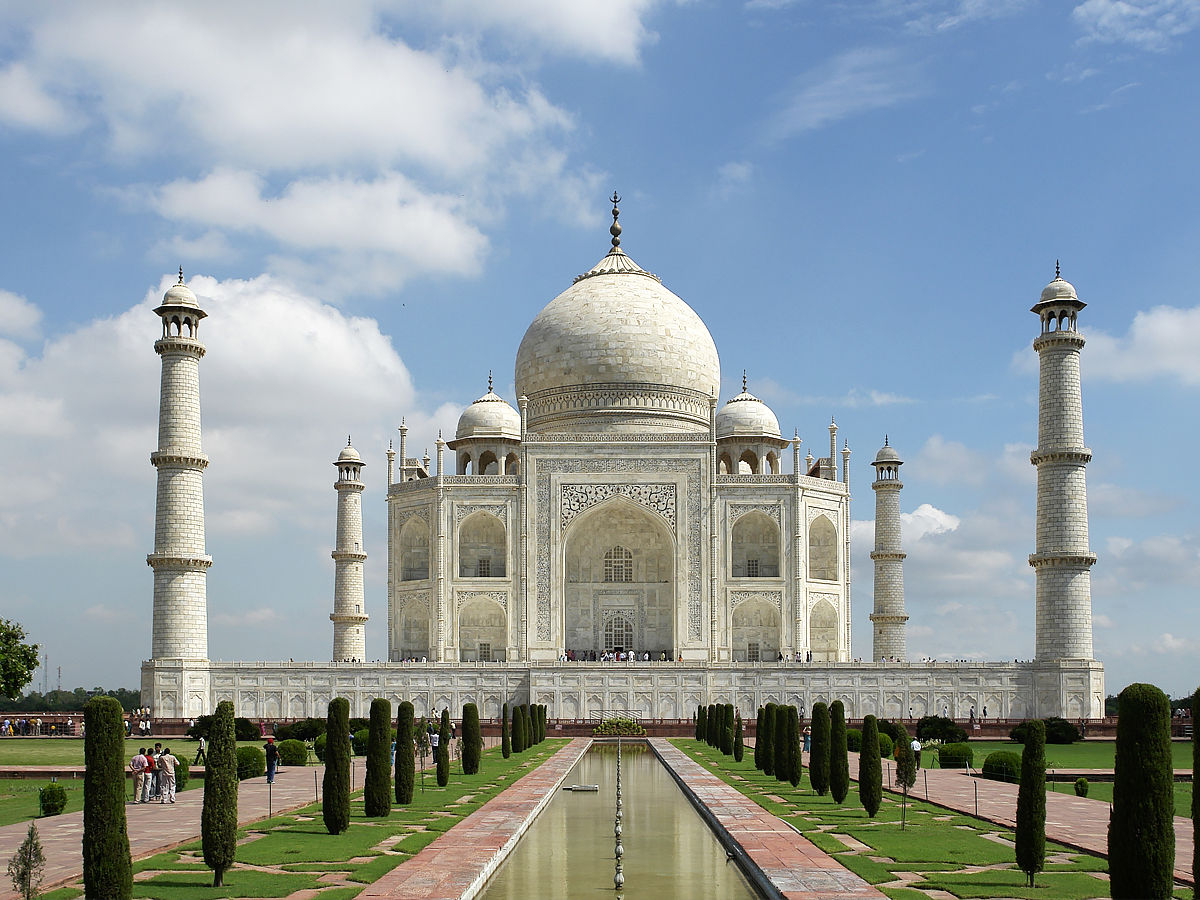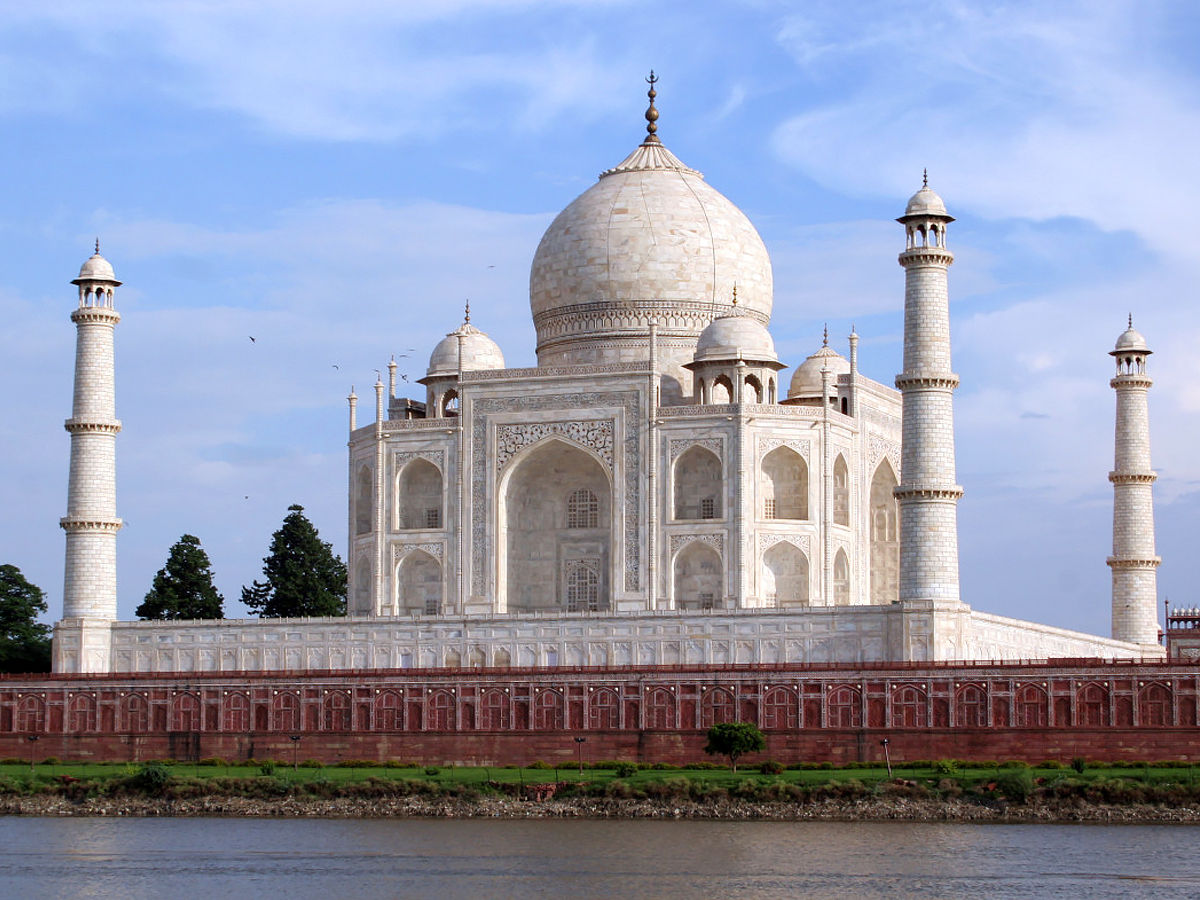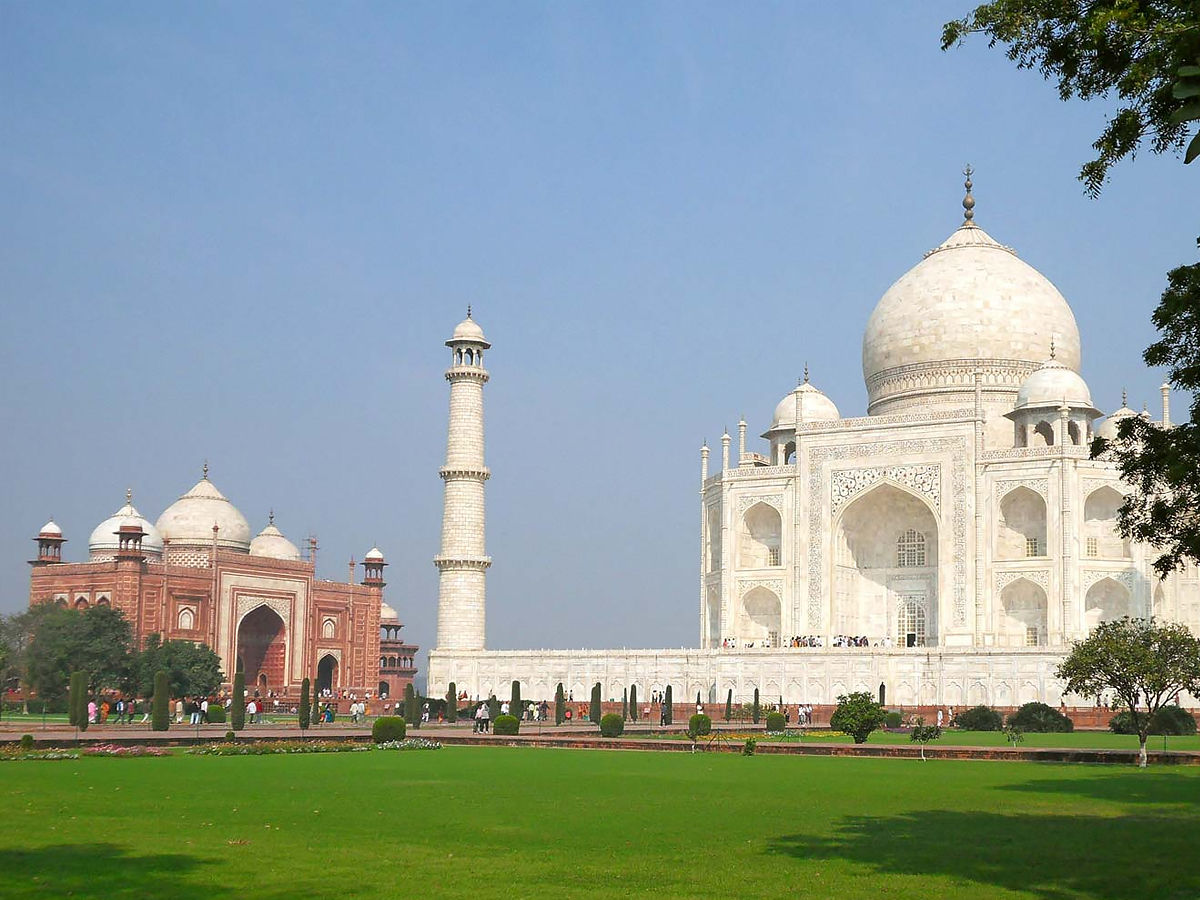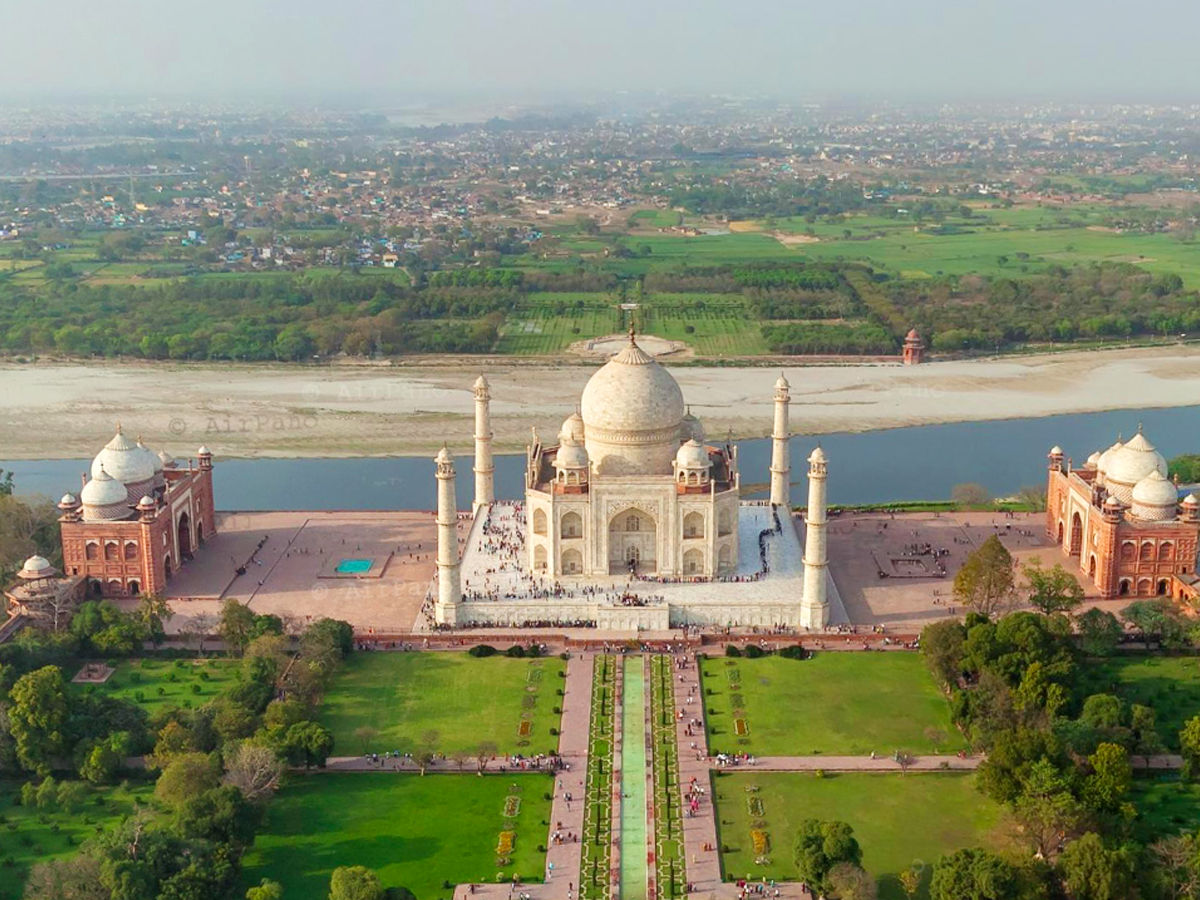The jewel in India, the Taj Mahal, is an emblem of the country and a shrine that appears on the bucket lists of many people. The monument is as symbolic and significant as it is aesthetically stunning, incorporating architectural styles from Islamic, Persian, Ottoman, and Indian cultures.
On the southern bank of the Yamuna River in the Indian city of Agra, the Taj Mahal is an ivory-white marble mausoleum. It was built to house the tomb of his favorite queen, Mumtaz Mahal, by the Mughal emperor Shah Jahan (ruled 1628 to 1658) in 1632; it also houses the tomb of Shah Jahan himself. The tomb is the centerpiece of a 42-acre (17-hectare) complex that includes a mosque and a guest house and is set in formal gardens bordered by a crenelated wall on three sides.
In 1643, the building of the mausoleum was largely finished, but work proceeded for another 10 years on other phases of the project.
The most romantic act in history

The Taj Mahal is connected to all things love and is also believed to be the most romantic gesture in the history of the world. The monument was created to honor Shah Jahan’s wife, Mumtaz, who died in childbirth. The Shah also had a number of wives, as the Swedish Nomad points out, who are all buried in the same complex, but he loved Mumtaz the most.
Lovers always come to take a picture in front of the Taj Mahal, which was constructed out of the love of one man. Therefore, when Princess Diana posed for a picture in front of the monument without her then-husband, Prince Charles, it caused such a stir.
Also Read, 8 Most Visited Monuments In The World
Steps were taken to ensure that there was no damage to the tomb

If the Taj Mahal had been destroyed by any of the four towers surrounding it, it would have been a tragedy. Trip Savvy explains that the Shah had the complex built so that no harm would come to the tomb of his beloved in the event of a collapse.
A reasonable distance from the actual building are the four minarets that border the house, and they also lean outward rather than standing straight. This way, the towers would collapse away from the tomb and not on top of it if something causes them to crumble.
There is Symbolism behind the Shifting Colors of the Monument

A comparison of images of the Taj Mahal shows how with the direction of the sun, the overall hue of the complex seems to change colors. In the early hours of the day, Uniglobe Carefree Travel shows that the monument is pinkish but turns white as the sun travels through the sky. Finally, in the light of the moon, it takes on a golden hue. The monument is a truly beautiful sight, no matter the time of day.
These shifting colors are said to mimic the changing moods of the wife of the Shah, Mumtaz.
It is almost fully symmetrical
What makes the Taj Mahal so impressive is that the whole complex is almost perfectly symmetrical. The only part of the building that is not symmetrical, according to Mental Floss, is the Shah’s tomb, which was added after his death to the crypt in 1666.
The grave of the Shah sits west of the middle of the tomb, which throws away the balance. On the other side, Mumtaz’s casket is placed right in the heart of the crypt and was originally situated with the building’s overall aesthetic in mind.
A Dark Rumor Surrounds The Taj Mahal
What happened to the staff after they finished building the complex is one of the most fascinating (and darkest) rumors about the Taj Mahal. The Shah was so adamant, according to legend, that no other building was ever as majestic as his grave, that he had cut off the hands of all the staff so that they could never work their magic somewhere else.
This rumor is debated by historians, and they think it is even more likely that the Shah made the workers sign a contract promising that they will not finish any similar work again.
Later, the Shah was forbidden to join his Taj Mahal

The Shah had the Taj Mahal built for his love as an opulent final resting spot, but he was barred from visiting her tomb at the end of his life in a twist of events. Nine years before his death, the two sons of the Shah started arguing with Mumtaz over who would succeed him.
One son sided with him, but the other ended up murdering his brother and then imprisoning his father to prevent him from putting his elevation to the throne at risk. So he was only permitted to watch the Taj Mahal from afar in the last years of the Shah’s life.
The system was expected to collapse by 2016
In the 20th century, when the Taj Mahal started showing signs of deterioration, some experts predicted that the entire structure would collapse by the year 2016. Despite this, India’s Architectural Survey maintained that the forecast was wrong. Hindsight showed they were right. The Taj Mahal is, as we all know, still standing well into 2019.
One of the towers surrounding the tomb experienced a change of one and a half inches between the 1980s and 2010s, contributing to some predictions about the future.



























